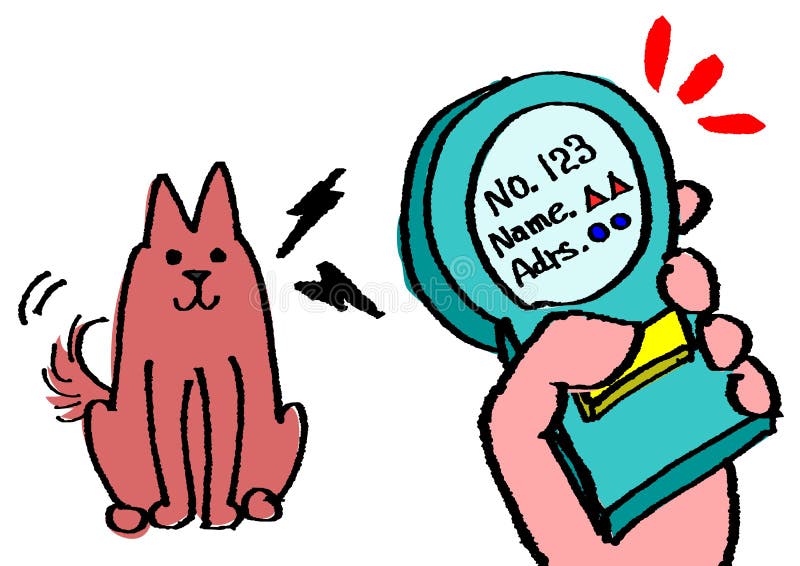
Despite your best efforts, your dog or cat has slipped out and disappeared. If they’re wearing a collar and identification tag, chances are good that if someone finds them, you’ll get them back.
But what if the collar comes off?
To protect their pets in this scenario, many owners turn to technology in the form of microchips implanted in their pets. But don’t rely on a microchip alone to protect your pet. In the event of accidental separation, identification tags are your pet’s first ticket home. Microchips provide an extra level of protection in case your pet loses their collar and tags. Providing your cat or dog with both tags and a microchip can help ensure a happy reunion if the unthinkable happens and your companion gets lost.
What Are Microchips?
Microchips are tiny transponders, about the size of a grain of rice, that use radio frequency waves to transmit information about your pet. They’re implanted just under the skin, usually right between the shoulder blades with a quick poke of a large bore needle. This can be done during a brief office visit while your pet is awake, they tolerate the needle better than you think!

How They Work
Each microchip contains a registration number and the phone number of the registry for the particular brand of chip. A handheld scanner reads the radio frequency of the chip and displays this information. The animal shelter or vet clinic that finds your pet can contact the registry to get your name and phone number.
Can a microchip get lost inside my pet?
Your pet’s subcutaneous tissue usually bonds to the chip within 24 hours, preventing it from moving, although there’s a very small chance that the chip could migrate. But it can’t actually get lost inside your pet.
How long do microchips last?
Microchips are designed to work for 25 years.
How do I register my pet?
Complete the paperwork that comes with the chip and send it to the registry, or do it immediately online if that option is available. Some companies charge a one-time registration fee while others charge an annual fee. You’ll also receive a tag for your pet’s collar with the chip number and registry phone number.
Are there different types of chips?
Yes, and that used to be a problem. Competing microchip companies use different frequencies to send signals to scanners, and until recently there was no universal scanner that could read all the different frequencies. That was a problem if a pet had a microchip that a scanner couldn’t detect.
Microchip companies now produce universal scanners and provide them to animal shelters and animal control agencies at no or very low cost. If your local shelters don’t have scanners, they can contact some of the major manufacturers to ask about getting one.
Are there different registries?
 Yes, and that, too, used to be problematic. Different chip companies maintained separate databases. Now, some chip companies will register pets with any brand of chip. Also, the American Microchip Advisory Council is working to develop a network of the registry databases to streamline the return of pets to their families.
Yes, and that, too, used to be problematic. Different chip companies maintained separate databases. Now, some chip companies will register pets with any brand of chip. Also, the American Microchip Advisory Council is working to develop a network of the registry databases to streamline the return of pets to their families.
Can a microchip replace my pet’s collar and tags?
Despite advances in universal scanners and registry procedures, microchips aren’t foolproof, and you shouldn’t rely on them exclusively to protect your pet. Universal scanners can detect a competing company’s chip, but they may not be able to read the data. And if shelter or vet clinic personnel don’t use the scanner properly, they may fail to detect a chip.
What if I move?
You need to contact the company that registers the chip to update your information; otherwise, the chip will be useless. You may be charged a small fee to process the update.
What do I do if I adopt a pet who’s already been microchipped?
If you know what brand of chip your pet has, contact the corresponding registry to update the information. If you don’t know what type of chip your pet has, find a veterinarian or animal shelter that can read it.